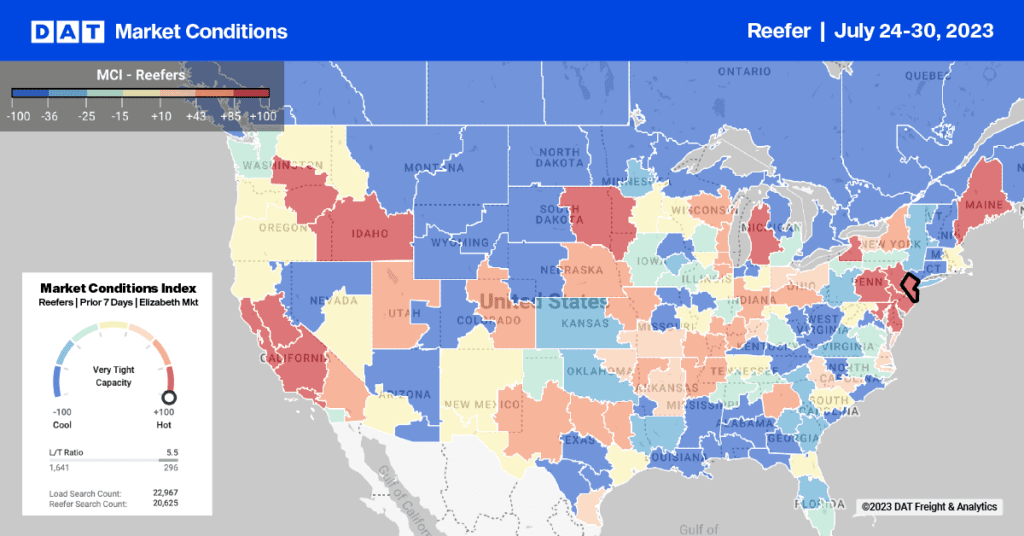Sure, freight is readily available today in most markets. But how do you make sure that you always have enough loads for all your trucks, and at the highest possible rates?
It’s a four-step process:
- Develop a niche, based on geography, equipment, cargo type or customer group. Research your specialty area and become an expert on that lane and/or category.
- Find shippers. You’ll want to secure contracts with at least two direct shipper customers for each lane or geographic region. Keep your eyes open for new opportunities, such as triangular routes, that maximize your loaded miles and rates.
- Connect with brokers. Build relationships with a select group of top-notch brokers, to keep you loaded on the backhaul and fill any gaps in your shippers’ schedules.
- Use load boards strategically – not only to find backhaul loads, but also to connect with new partners who are active in your lanes.
Step 1: Develop a specific niche and lane of operation. Don’t even try to be all things to all shippers. You’ll spread yourself too thin, and make it harder to find the best loads. The object here is to know everything within your niche and lane: who’s shipping what, when, where and how often. Even a small carrier can accomplish this is by focusing narrowly on what you can haul in a week to ten days, both outbound and inbound.
Step 2: Find at least two direct shipper customers in your niche and lane, one outbound and one inbound, with enough volume for each truck in your fleet. Plan your loads so you have a return shipment already scheduled at the end point of every outbound trip. The second load doesn’t have to take your truck all the way home – a triangular route, or even a square, may offer the best combination of loaded miles and rates.
Step 3: Build relationships with a handful of quality brokers in your market. These brokers can become as valuable as any shipper customer. When the relationship is solid, your brokers will help you to position your trucks for the next haul. So when they have special requests, you should do your best to accommodate them. If anything happens to one of your key shipper contracts, the brokers can step in and fill the gap.
Step 4: Use load boards strategically. You need access to a high-quality, multi-service load board. A quality load board is your barometer for what’s happening in your lane and your niche. It also acts as a stopgap, to ensure that your trucks are filled with the most and best tonnage available. Used strategically, a good load board helps you to find freight more quickly than you could by calling your current brokers or shippers. Use load boards when a load is cancelled or you have space available on a back haul. Check the load board daily, even if you don’t need it, to analyze demand and rates in your lanes.
Important: For this plan to work, it is imperative you coordinate all four steps. Remember to:
- Stay focused on your chosen niche and lane at all times.
- Nurture your direct shipper customers, and keep developing new relationships.
- Develop and maintain strong relationships with your selected brokers.
- Hone your skills and deploy all available tools in your load board, so you can get up to speed immediately when you need loads.
With the ebb and flow of the economy, individual businesses and industries, a multi-tier plan will keep your trucks loaded and provide you with the revenue you need to succeed and grow.
Note: Tim offers more advice about developing your niche, plus other resources for carriers at blog4truckers.com.


